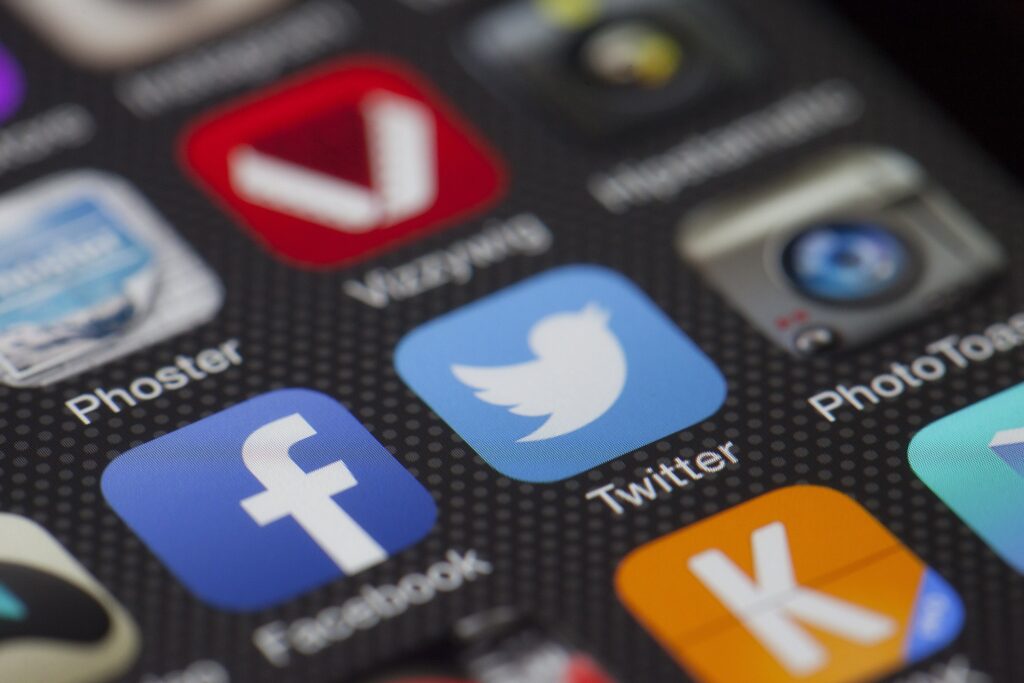The story of mobile technology evolution is a captivating journey through time, marked by remarkable innovations and advancements that have redefined the way we live, work, and connect. From the humble beginnings of bulky mobile phones to the sleek, powerful smartphones we carry today, this article delves into the fascinating timeline of mobile technology evolution, tracing its transformative path.

Table of Contents
1. Mobile Technology Evolution: Pioneering the Future
The journey of the smartphone’s evolution (mobile technology evolution) is a captivating tale of human ingenuity, technological breakthroughs, and the relentless pursuit of innovation. From the first rudimentary mobile phones to the sophisticated smartphones of today, each era in this timeline represents a significant leap forward in mobile technology. Let’s embark on this journey, exploring the key milestones that have shaped the mobile technology landscape.
1.1 The Birth of Mobile Communication
Our journey begins with the inception of mobile communication in the mid-20th century. Back then, the idea of wireless communication was in its infancy, primarily serving military and emergency purposes. The notion of a portable, consumer-friendly mobile phone was still a distant dream.
1.2 The Emergence of the Mobile Phone (1970s)
In the 1970s, a significant breakthrough occurred with the introduction of the Motorola DynaTAC 8000X, the first commercially available mobile phone. Weighing a hefty 2.2 pounds, this device could make calls, but its functionality was rudimentary compared to today’s standards.
1.3 Rise of Cellular Networks (1980s)

The 1980s witnessed the rapid expansion of cellular networks, making mobile communication accessible to the general public. This expansion laid the foundation for the forthcoming mobile technology revolution.
1.4 Nokia’s Dominance (1990s)
The 1990s marked the rise of Nokia as a dominant player in the mobile phone industry. Nokia’s innovative designs, including the iconic Nokia 8110 “banana phone” and the Nokia 5110 with customizable covers, captured the hearts of consumers worldwide. These phones introduced personalization and style to mobile technology.
1.5 Advent of Smartphones (2000s)
The early 2000s saw the emergence of the term “smartphone.” Devices like the BlackBerry and Nokia’s Communicator series introduced features such as email, web browsing, and basic apps. These early smartphones catered primarily to business users but hinted at the immense potential of mobile technology.
1.6 The iPhone Revolution (2007)

In 2007, Apple revolutionized the mobile technology landscape by introducing the iPhone. This groundbreaking device seamlessly integrated a phone, an iPod, and an internet communication device. Its sleek design, multi-touch interface, and the debut of the App Store in 2008 marked the dawn of the modern smartphone era.
1.7 The Android Ecosystem (2008)

In 2008, Google introduced the Android operating system with the HTC Dream (T-Mobile G1). Android’s open-source nature led to diverse devices and customization options, intensifying competition with Apple’s iOS.

1.8 The App Revolution (2010s)
The 2010s witnessed the explosive growth of mobile apps. App stores became central to the smartphone experience, offering a vast array of applications, from games and productivity tools to social media and navigation apps. Mobile technology transitioned from a communication tool to a platform of endless possibilities.
1.9 Advancements in Hardware (2010s)
The 2010s brought significant advancements in mobile hardware. Dual cameras, high-resolution displays, and powerful processors became standard features, elevating smartphones’ capabilities in photography, gaming, and productivity.
1.10 The Era of Phablets (2010s)
Smartphones continued to evolve in size and form factor during the 2010s. The “phablet” trend emerged with larger screens, blurring the line between phones and tablets. Devices like the Samsung Galaxy Note series and the iPhone Plus models gained popularity among users seeking more screen real estate.
1.11 5G Connectivity (2020s)
The 2020s ushered in the era of 5G technology, promising faster internet speeds and lower latency. This advancement unlocked opportunities for augmented reality (AR), virtual reality (VR), and Internet of Things (IoT) integration, expanding the horizons of mobile technology.
1.12 Foldable and Flexible Displays (2020s)

In the 2020s, foldable smartphones like the Samsung Galaxy Fold and the Huawei Mate X entered the scene, introducing a new era of device flexibility. These phones featured screens that could fold and unfold, offering both portability and expanded screen space.
1.13 Sustainable and Eco-Friendly Design (2020s)
With growing environmental concerns, smartphone manufacturers shifted their focus to sustainability. They incorporated recycled materials, reduced electronic waste, and designed eco-friendly devices, marking a conscientious shift in the industry.
1.14 The Future of Mobile Technology
As we look ahead, the future of mobile technology holds boundless promise. Advancements in artificial intelligence (AI), augmented reality (AR), and health-focused technologies are poised to shape the next generation of smartphones. Mobile technology will continue to impact various industries, from healthcare and education to transportation and entertainment, in profound and transformative ways.
Conclusion: An Endless Journey of Innovation
In conclusion, the saga of Mobile Technology Evolution is an awe-inspiring testament to human ingenuity. From the earliest days of clunky mobile phones to the present era of sleek and sophisticated smartphones, the relentless march of Mobile Technology Evolution has reshaped the world. This journey, with “Mobile Technology Evolution” at its core, has seen innovations that transcend communication, touching every facet of our lives. As we look ahead, the future promises even more astonishing developments, further blurring the lines between science fiction and reality. Mobile technology evolution will continue to be a driving force, leading us into uncharted realms of innovation and connectivity.
![]()

